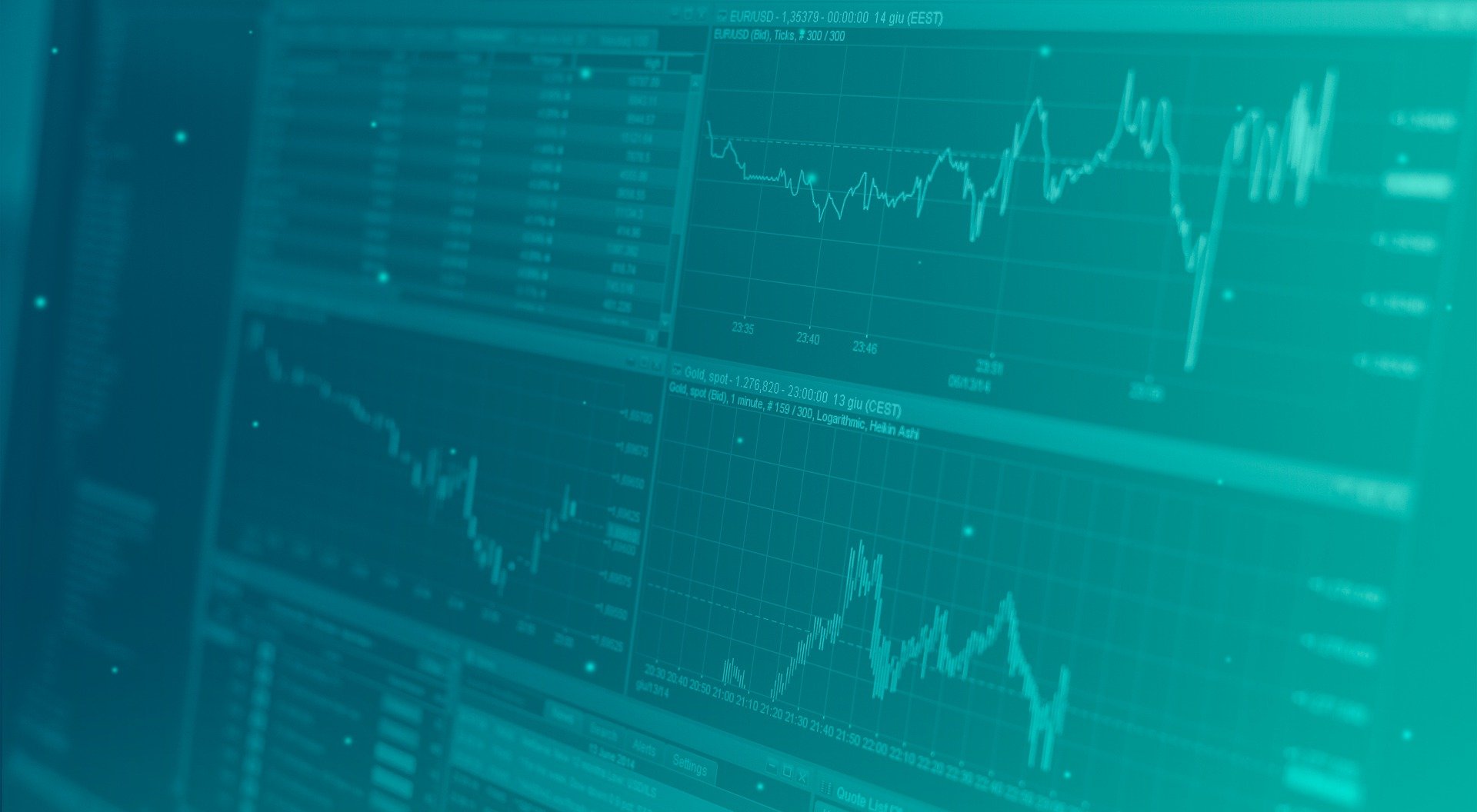
Vehicle fuel prices jumped almost 38 percent, spirits and tobacco prices rose by 11 percent, food prices grew by 6 percent.Continue reading

Analysts told state new agency MTI that inflation may have reached its peak in November with a 14-year record high of 7.4 percent. On the other hand, they believe that the process of curbing it will take a long time.
ING Bank’s Péter Virovácz said higher prices were seen in 129 out of 140 product groups monitored by KSH, and he noted the “extremely rapid” rise in fuel prices and service charges as factors driving inflation. With sustained supply-demand mismatches, the situation was likely to endure for the next few months. It was “almost certain,” Virovácz said, that inflation would remain above 7 percent in December and “well above 6 percent” in the first quarter of 2022. The base rate, he added, was likely to be at least 4.25 percent by mid-year.
Gergely Suppan of Takarékbank said the central bank may need to speed up its cycle of rate hikes to combat secondary effects of higher commodity prices, a boom in demand amid the economy emerging from the pandemic, as well as a jump in wages due to the labor shortage. The government’s cap on fuel prices did not show up in the November data, he noted, adding that the cap may reduce inflation in the next few months to a small degree, though soaring gas prices could have “unforeseeable” consequences. Takarékbank changed its inflation forecast from 5 to 5.1 percent this year, and from 4.7 to 5 percent in 2022 with upward risks, Suppan said.
K and H Bank’s Dávid Németh said that inflation could reach 5 percent for the full year and 4.8 percent next year. By the end of 2022, annual inflation could slow to 3.5 percent, he said.
Gábor Regős of pro-Fidesz Századvég Economic Research said that higher fuel prices accounted for over 2 percentage points of the current inflation figure, adding that putting a cap on fuels could somewhat slow down inflation in December. External factors such as a shortage of commodities contributed to higher inflation, though internal causes such as high demand and a weak forint were also dominant factors. He said that he expected further monetary tightening but “not at a faster pace” than before.
Erste Bank analyst, János Nagy, said meeting the government’s inflation target “could take longer than previously expected.” Higher energy prices are not impacting retail utility prices yet, but “the business sector is not yet protected,” and this may drive up consumer prices in the end. He noted that several sectors such as food production and construction projected price hikes of at least 10-20 percent, adding that “an expansive fiscal policy in the next few months” also posed “risks for price dynamics.”
Featured photo illustration via pixabay.com